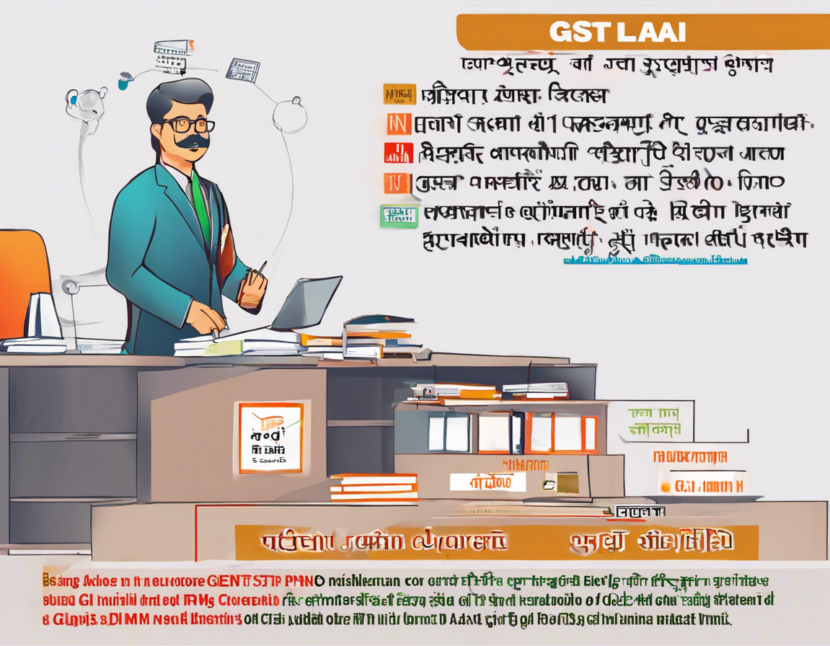The Goods and Services Tax Network (GSTN) is a non-profit organization that provides technology infrastructure for implementing the Goods and Services Tax (GST) regime in India. While serving as the technology backbone for the GST rollout, the GSTN also plays a crucial role in the Prevention of Money Laundering Act (PMLA) compliance framework. In this article, we will delve deeper into the role of GSTN under PMLA and explore key insights that businesses and taxpayers need to be aware of.
Role of GSTN in PMLA Compliance
Under the PMLA, certain reporting entities, including banks, financial institutions, intermediaries, and designated non-financial businesses and professions (DNFBPs), are required to maintain records of financial transactions, verify customer identities, and report suspicious transactions to the Financial Intelligence Unit-India (FIU-IND). In this context, the GSTN has emerged as a valuable resource for enhancing the effectiveness of PMLA compliance efforts. Here are some key insights into the interplay between GSTN and PMLA:
Integration of GSTN Data
One of the primary ways in which the GSTN contributes to PMLA compliance is through the integration of GST data with the financial intelligence database maintained by regulatory authorities. By leveraging the transactional data captured through GST filings, enforcement agencies can gain valuable insights into the financial activities of businesses and individuals, enabling them to identify potential instances of money laundering or terrorist financing.
KYC Verification
The GSTN also plays a vital role in Know Your Customer (KYC) verification processes mandated under the PMLA. Businesses that are registered under the GST regime are required to undergo a rigorous authentication process, which includes validating their identity, address, and other relevant details. This KYC information is then shared with regulatory authorities to ensure compliance with anti-money laundering (AML) guidelines.
Monitoring of Suspicious Transactions
Given the voluminous nature of transaction data processed through the GSTN platform, authorities can leverage advanced analytics and artificial intelligence tools to monitor and analyze patterns of financial activity. This proactive monitoring helps in the early detection of suspicious transactions, enabling timely intervention to prevent financial crimes.
Collaboration with Regulatory Bodies
The GSTN collaborates closely with regulatory bodies such as the FIU-IND, the Securities and Exchange Board of India (SEBI), and the Reserve Bank of India (RBI) to exchange information, share insights, and coordinate on investigations related to money laundering and financial fraud. This cross-agency collaboration strengthens the overall PMLA compliance framework and promotes a more robust regulatory environment.
Data Security and Confidentiality
Given the sensitive nature of financial data processed through the GSTN platform, ensuring data security and confidentiality is of paramount importance. The GSTN adheres to stringent data protection protocols, encryption standards, and access controls to safeguard against unauthorized access or data breaches. This commitment to data security instills trust among stakeholders and reinforces the integrity of the PMLA compliance ecosystem.
Conclusion
In conclusion, the GSTN plays a pivotal role in bolstering PMLA compliance efforts by providing a robust technological infrastructure, facilitating data integration, enabling KYC verification, monitoring suspicious transactions, and fostering collaboration among regulatory bodies. By harnessing the power of technology and data analytics, authorities can enhance their ability to combat money laundering, terrorist financing, and other financial crimes effectively. As businesses continue to navigate the evolving regulatory landscape, understanding the interplay between GSTN and PMLA is essential for ensuring regulatory compliance and upholding financial integrity.
Frequently Asked Questions (FAQs)
1. How does the GSTN impact PMLA compliance for businesses?
The GSTN facilitates data integration, KYC verification, and monitoring of suspicious transactions, enhancing the effectiveness of PMLA compliance efforts for reporting entities.
2. What are the key benefits of leveraging GSTN data for PMLA purposes?
By leveraging GST data, authorities can gain valuable insights into financial activities, detect suspicious transactions early, and strengthen collaboration with regulatory bodies.
3. How does the GSTN ensure data security and confidentiality in PMLA compliance efforts?
The GSTN adheres to stringent data protection protocols, encryption standards, and access controls to safeguard against unauthorized access or data breaches.
4. What role does the GSTN play in KYC verification under the PMLA framework?
Businesses registered under the GST regime undergo KYC verification, which includes validating their identity, address, and other relevant details to ensure compliance with AML guidelines.
5. How can businesses benefit from collaborating with regulatory bodies through the GSTN platform?
Collaborating with regulatory bodies such as the FIU-IND, SEBI, and RBI enables businesses to exchange information, share insights, and coordinate on investigations related to money laundering and financial fraud.





